Issues of capital migration between countries, including illegal schemes, cause serious concern not only to financial services and government agencies of a particular country, but also to international financial systems. The reason for the outflow of capital from Russia is primarily the fact that with the current level of globalization and the integration of financial markets, capital has become very mobile.
Any negative event may cause the transfer of financial resources to a more peaceful place. In turn, this situation clearly does not add stability to the country. And it can cause a negative chain reaction.
The situation in Russia
The Russian Federation is no exception to the general picture. Reducing the outflow of capital from Russia and the fight against illegal schemes for its export will help stabilize the economic situation and more accurate forecasts of the balance of payments. The main mechanisms aimed at combating the outflow of capital are:
- development of currency regulation and control measures;
- increased transparency of legislation;
- reducing the administrative burden on the business;
- increase its security;
- stabilization at low inflation rates;
- creation of general conditions for investment attractiveness.
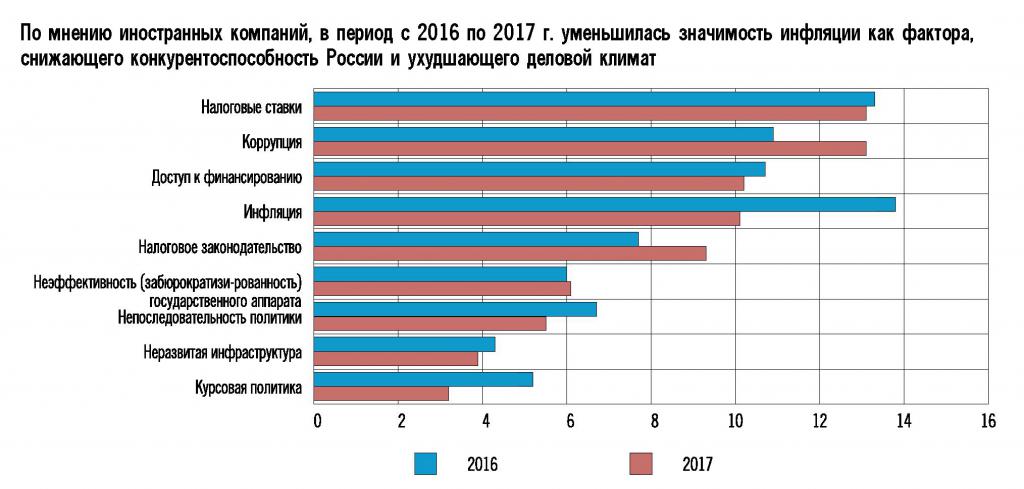
The process of exporting capital from Russia is organized by both legal entities and individuals. Statistics of the outflow of capital from Russia almost all of recent years shows its stable values. Capital inflows were recorded only in 2006 and 2007. This was due to significant liberalization of the foreign exchange market. But the effect was short-lived.
The largest outflow indicators were recorded in the crisis years of 2008 and 2014, which is not surprising. In addition to the understandable concerns of investors, a significant share in the negative dynamics in 2014 was played by the sanctions policy, which did not allow large Russian enterprises and banks to carry out refinancing operations for their debt.
An analysis of the outflow of capital from Russia showed that most of the negative figures for the movement of capital are due to the need for payments on external debts. Some of these payments were covered from profits and went through refinancing, but the rest was still impressive.
After that, the dynamics of capital outflow from Russia showed a steady decline. This was due to the adaptation of Russian enterprises to life under the sanctions regime and the gradual reassurance of foreign investors and their increasing interest in acquiring securities of the Russian Federation, investments in which had good returns.
Reasons for the withdrawal of capital from Russia
To date, statistics on capital outflows from Russia show several main reasons:
- imperfect tax system;
- ongoing sanctions pressure;
- poor development of mechanisms for protecting property rights;
- sufficient availability of offshore schemes;
- high level of corruption;
- strengthening the role of transnational corporations organizing the movement of capital between their divisions in different countries.
Cross-border capital flows can be either legal or illegal. The net capital outflow figures calculated by the Central Bank of the Russian Federation take into account both types. According to estimates by the Federal Customs Service, the volume of illegal withdrawal operations is about 10% of the net capital outflow from Russia.
Common schemes
Among the most common capital withdrawal schemes are the following:
- imaginary deal;
- offshore schemes;
- the provision of foreign trade loans and borrowings;
- use of various financial instruments;
- cash export;
- tolling operations.
So what will threaten the outflow of capital from Russia? It may have the following consequences:
- decrease in the volume of currency in the country;
- reduced supply of investment assets;
- reduction in tax revenue;
- slowdown in GDP growth;
- decline in production.
Counteraction mechanisms
Since the ways of withdrawing capital abroad are quite diverse, the countermeasures should be comprehensive. Among the main areas of work to prevent the outflow of capital from Russia are the following:
- tightening control over export-import operations;
- the introduction of certain restrictions on the movement of capital in stock markets;
- improving the investment climate in the country to increase the volume of long-term investments;
- increasing the transparency of domestic companies for foreign investors;
- development of a roadmap for the “deoffshorization” of capital.
Recently, significant work has been carried out precisely in the framework of the last paragraph. At the legislative level, measures are being taken not only for the return of capital from offshore companies, but also for the return to the Russian jurisdiction of entrepreneurs and businesses who left it in due time. The government of Russia and its president are working on this goal.
Business Ombudsman Boris Titov is in talks with Russian entrepreneurs who are located in different countries of the world and are ready to return their capital under certain guarantees.
The origins of foreign capital
It is worthwhile to understand that a fairly large part of these capitals was earned during the "dashing time" when the transition from the Soviet system to wild capitalism and privatization began. At that time, the rule of law was valued very low. Of much greater importance were the "abilities of Ostap Bender." When the situation began to change in favor of the law, many entrepreneurs left the country and withdrew their capital, fearing for their safety. Now it's time to come back.
The United States began to play a significant role in this, trying to extend its jurisdiction to the whole world. In virtually no country, representatives of Russian capital cannot feel protected. And here you have to make a choice.
Is capital outflow good or bad?
In general, it is worthwhile to dwell in more detail on the fact that people who are not very versed in this often raise a panic over the outflow of capital from Russia. In fact, is it possible to unequivocally answer that the outflow of capital is always bad, and the inflow is always good?
The initial reaction to such a question can be quite stormy, but let's try to understand in more detail. In general, a massive inflow of capital can be no less a problem than its outflow. To begin with, let’s try to decompose the movement of capital between countries into the main components.
The influx of finance into the country
Capital inflow consists of:
- foreign investments intended for investment in the real sector of the economy and organization of production;
- financing directed for investment acquisition of securities of domestic enterprises;
- international lending;
- purchases of government securities;
- capital to operate on stock exchanges;
- payments for delivered products and services.
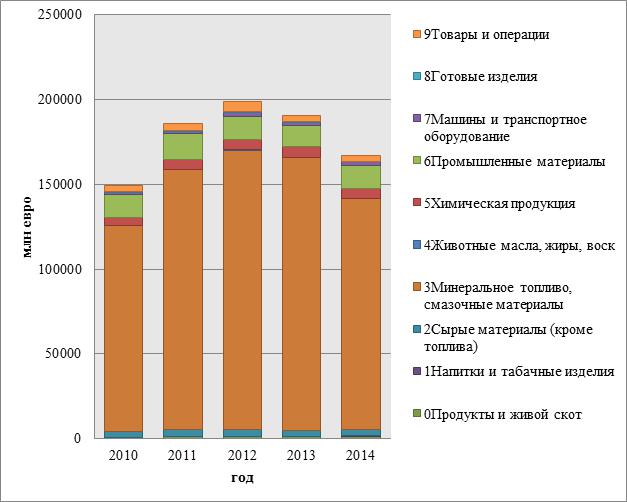
This, of course, is not a complete list, but the main idea will help to convey. Of the options presented, two are purely speculative. The movement of capital on them is subordinated only to the difference in the profitability of various instruments in countries of the world. These capitals are practically of no benefit to the state. They cannot be relied upon in the long-term forecasting and development of an action strategy. They leave the country as quickly as they come, with practically no positive effect on the development of the economy.
Withdrawing money from the country
Now consider the problem of capital outflow from Russia.Its main components are presented:
- payments for imported goods and services;
- payments for loans and borrowings provided;
- financing the acquisition of foreign assets by domestic enterprises;
- the withdrawal of capital from stock markets;
- offshore operations.
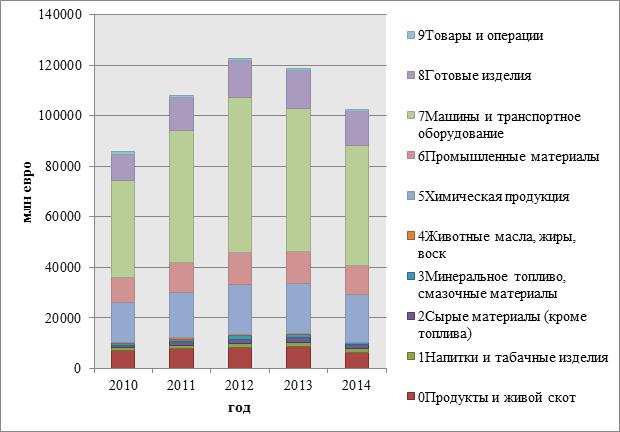
As you can see, not all reasons cause a pure negative. For example, large domestic businesses in the past few years have been actively acquiring foreign enterprises. Conducted mergers and acquisitions of foreign property. Agree, it is difficult to bring such funding into minus.
Examples of "withdrawal" of capital
For discussion, you can take 2013. Official statistics give an outflow of capital for this period in the amount of almost 62 billion dollars. A lot? Without a doubt. But if you compare with the total volume of Russian investments abroad in the same year, amounting to a little more than $ 63 billion, the picture looks completely different.
Everyone has heard Gazprom and its Nord Stream, the first and second. Gazprom’s direct investments in these projects amount to several billion dollars that go to pay for the work, materials and products that foreign enterprises produce for them. There are a large number of Gazprom capacities abroad, which also require investments.
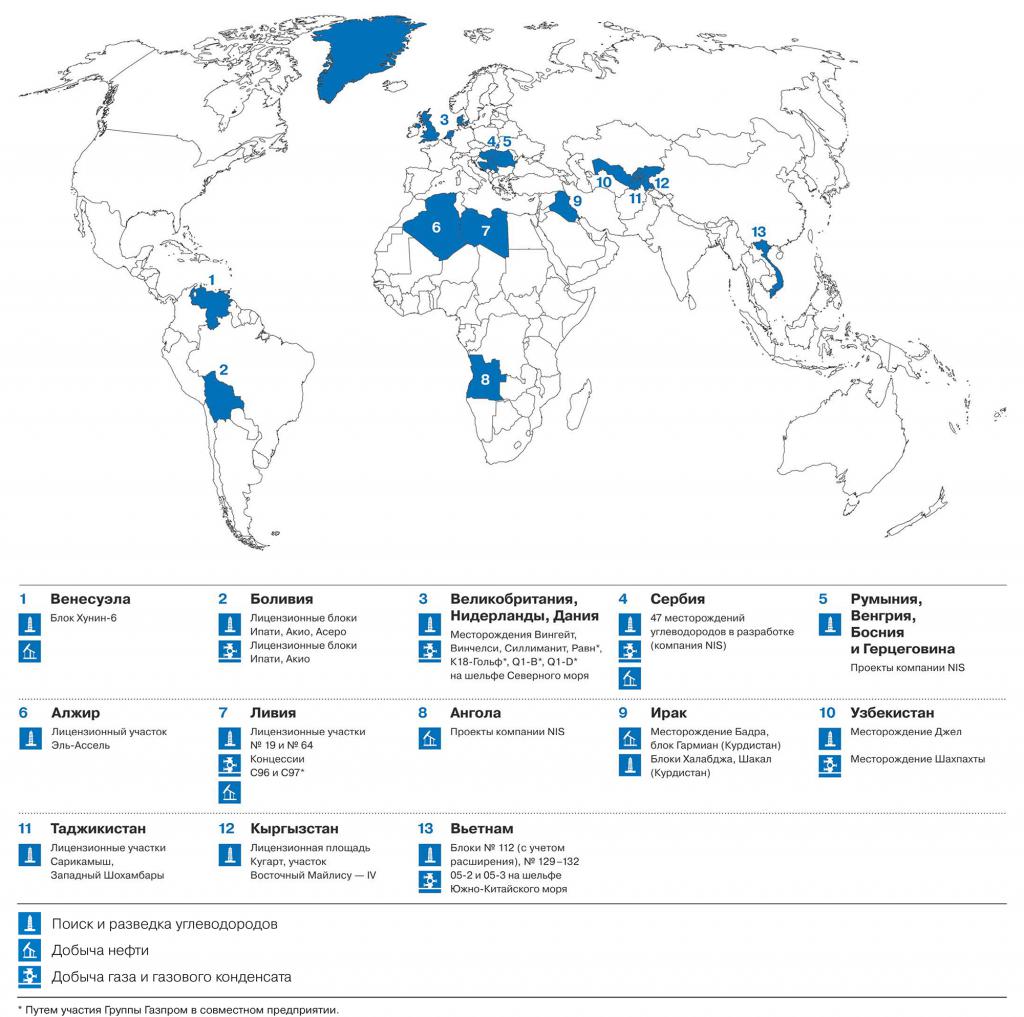
All these payments in statistics go as an outflow of capital from Russia. Over the years, these flows are distributed very unevenly, but the trend is obvious.
The basic scheme of Rosatom’s work is preliminary investment in the construction of foreign nuclear power plants. Which is also technically an outflow. Invested funds are returned after completion of construction and commissioning. And there are a lot of such examples.
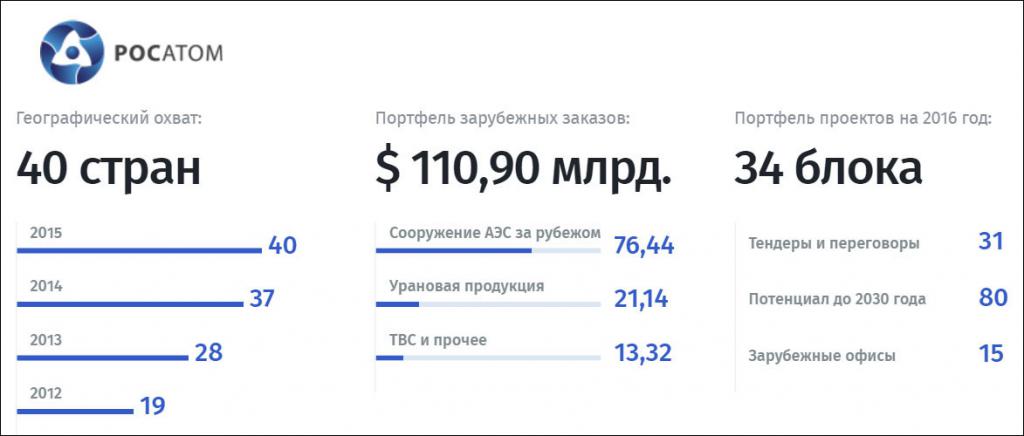
In addition, several times over the past decade, Russia has made massive payments in favor of international financial institutions with the goal of early repayment of obligations that it assumed as the legal successor of the Soviet Union. It seems to be an outflow of capital, but you must agree, early repayment of loans and the release of funds that were previously intended for this is a definite plus. Statistics of capital outflows from Russia by years are presented below.

A little bookkeeping
In addition, it turns out that much also depends on who thinks and how. The Central Bank believes in its own way, the Ministry of Finance in its own way, the World Bank and the International Monetary Fund have their own methods. For example, the audit company Ernst & Young provides its data on capital outflows from Russia. And for them, the absolute numbers are much less than what the Ministry of Finance gives.
In addition, data such as late payments in one direction or another fall into the figures of capital outflows. For example, it is worth delaying a payment to a foreign counterparty for at least one day, and the payment immediately becomes a loan. It counts the movement of capital, although no one takes out capital themselves.
There are several points that nullify each other after a certain period of time. For example, a foreign investor came to the country, introduced money, invested it in the real sector. He built a plant, state farm, farm, sowed fields. We have an inflow of capital. But do not forget that the investor is an investor and that after some time he plans to make a profit. And how he will manage it, it will be clear only when analyzing the situation on international markets at that time.
Over the past ten years, about $ 400 billion has been invested in foreign investors in Russia, which in the future will be withdrawn from the country with interest due. It is impossible to demand an influx of foreign investment and at the same time be indignant that money is leaving the country. These are all interconnected things. One cannot exist without the other.
For example, in Russia, almost all major foreign holdings for the production of automobiles operate. In joint ventures, their share is close to 45%. Together, they give a decent share of GDP, jobs, taxes, etc.It is foolish at the same time to be surprised that these companies take part of the money earned abroad.
Input, output and input again
Thus, today's financial plus may well turn into a future financial minus, with interest. This is neither good nor bad; these are the principles of the functioning of international markets. You just need to understand that a significant part of minor statements regarding the withdrawal of capital from Russia often have little objective grounds.
It is worth noting that after 2002, the structure of external borrowing began to gradually change. Prior to this, the bulk of loans came from government agencies. With the gradual development of domestic large business, he began to independently find ways to enter the international capital markets. And the lion's share of debts began to be private sector debts.
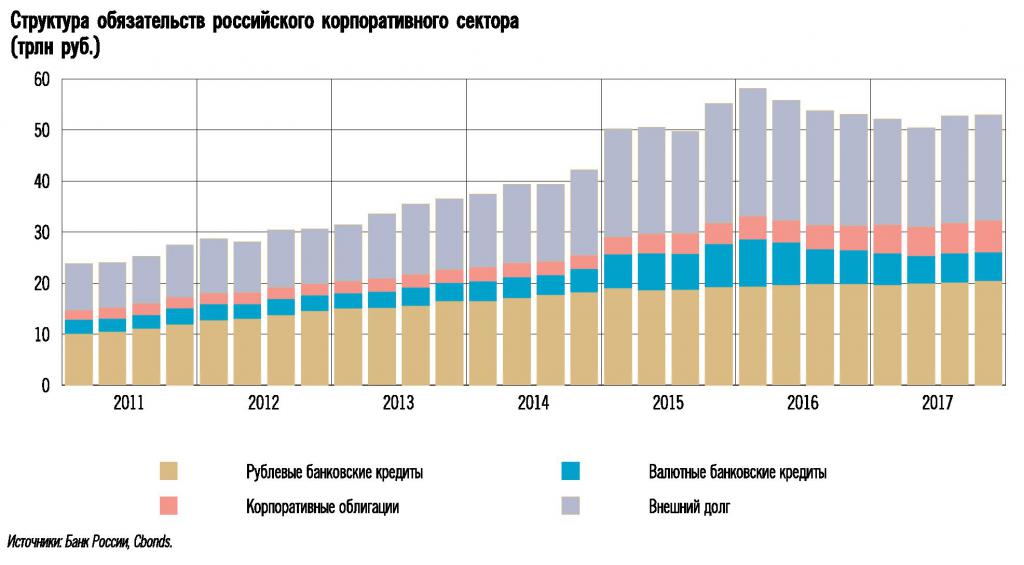
Naturally, large credit debts imply significant amounts for their servicing and repayment. Which also falls into the values of capital outflow from Russia. If we take the data for the period 2014-2015, the statistics showed an outflow of capital in the amount of $ 210.5 billion. A huge figure. But when you consider that over the same period, total debts worth more than $ 100 billion were repaid, the picture ceases to be so gloomy.
Summarize
If we evaluate all of the above regarding international loans and their servicing, then the indicators of inflow or outflow of finance in this part are of very little importance. Indeed, if the outflow of capital correlates with a decrease in the country's external debt, then this is more of a cause for joy than the other way around. Well, it seems that the answer to the question of what threatens the outflow of capital from Russia has become a little clearer.
In conclusion, I would like to call for an independent understanding of certain processes taking place before our eyes. Not everything that seems true at first glance has the same meaning when examined more carefully. Most of the information is freely available. And in order to understand, it is enough to have a desire and a little time.
